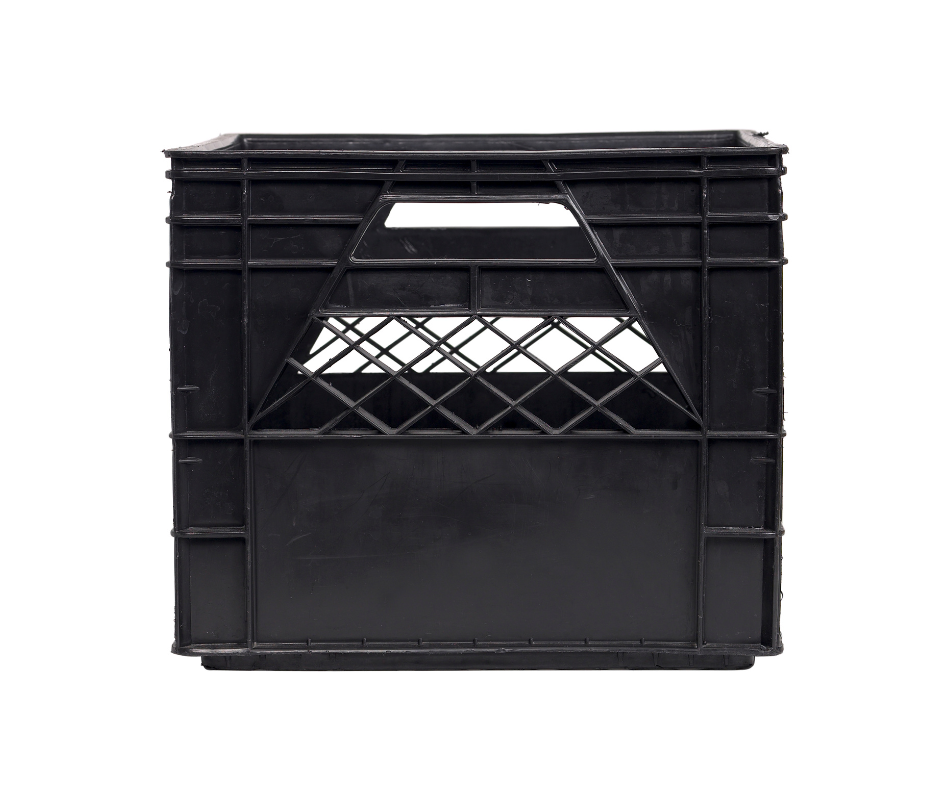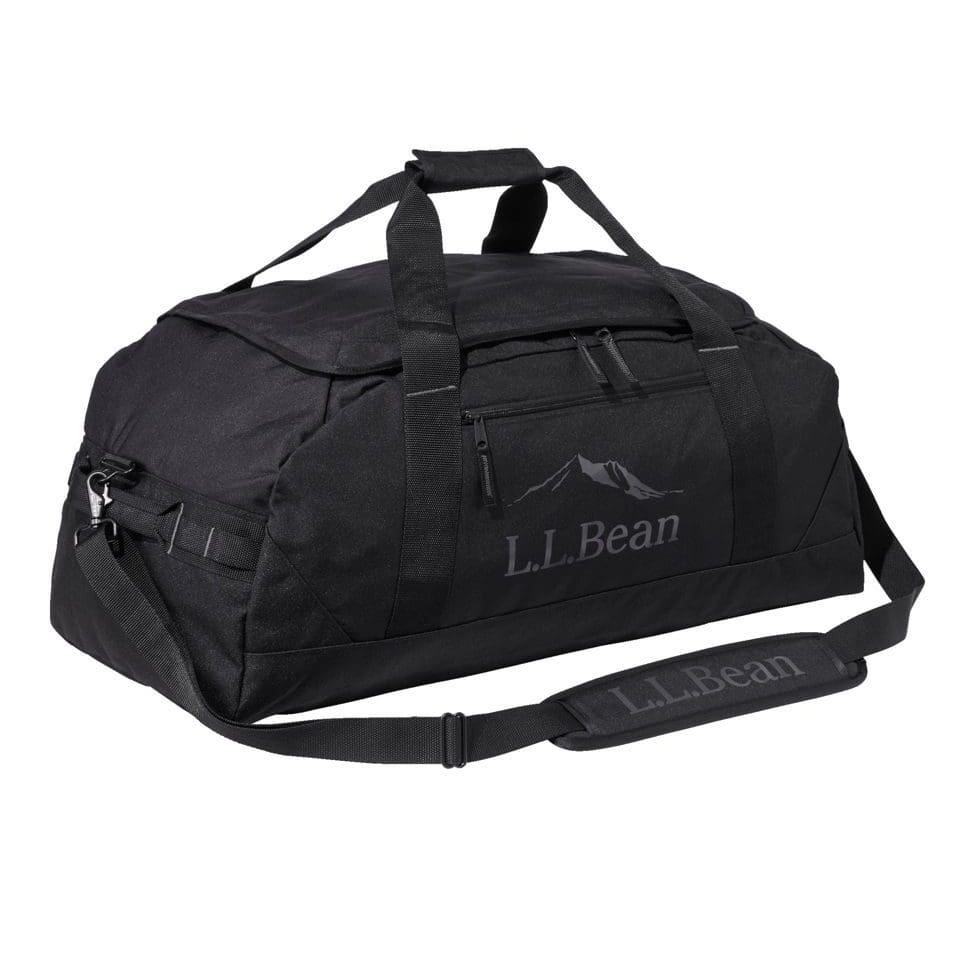Dive bags and the choices divers make to store and transport their equipment always fascinate me. Whenever I arrive at a new dive site or charter, I am quick to analyze what others use to carry and protect their gear. It’s often surprising to see the variety of solutions and the reasons behind their choices.
In this article, I will share what I currently use to carry and store my dive gear for daily shore and charter dives, not for international travel. It has been an evolution, but I am very happy with my current setup. Let’s dive in!
Why Do You Need a Dive Bag?
This might sound like a simple question, but it often only occurs to divers after purchasing all their scuba gear. They may find themselves asking, “What do I keep all this gear in now?” This was exactly my situation when I got my first dive bag. When planning to buy a dive bag, consider the following:
- Cost: Dive bags can range from budget-friendly to high-end options. Determine your budget before making a purchase.
- Waterproofing: Do you need the bag to be waterproof? Consider the climate and the nature of your dives.
- Vehicle Space: How much space do you have in your vehicle? Are you driving a truck with a cab or a sedan with a small trunk?
- Gear Storage: What gear do you want to store? Some divers keep everything in one bag, while others separate their scuba system (BCD, regulators, fins) and exposure suits (wetsuit or dry suit).
- Bag Type: Do you need a hard bag for protection and as a gearing-up platform, or a soft bag to fit into tight spaces?
My First Bag: The Cressi Mesh Bag
Back in 2009, I was open-water certified in Mexico’s warm waters and instantly got the diving bug. Upon returning home, I eagerly headed to my local dive shop with $2000 in hand, ready to dive. Fortunately, the shop recommended gaining exposure to cold water diving, leading to a weekend of fantastic, albeit chilly, diving in Tobermory.
After buying all my gear, it dawned on me that I had nowhere to store it. With no money left, I opted for a Cressi Mesh bag. This lightweight bag fit all my gear except for the tanks. Its mesh design allowed for visibility and ventilation, preventing my gear from smelling like a dirty gym bag. However, wet gear would leak, often soaking the back seats of my car. The mesh also offered minimal protection, requiring careful handling to avoid damage.
Advantages of the Cressi Mesh Bag
The Cressi Mesh bag had several benefits that made it a good starting point for my dive gear storage needs:
- Lightweight and Spacious: The bag was lightweight and had ample space for all my gear, including my BCD, regulators, fins, and accessories.
- Visibility: The mesh design allowed me to see exactly where everything was, making it easy to locate items like my dive mask or computer.
- Ventilation: The mesh provided good airflow, preventing my gear from developing unpleasant odours.
Disadvantages of the Cressi Mesh Bag
However, there were also several drawbacks to using the Cressi Mesh bag:
- Water Leakage: Wet gear would leak through the mesh, often soaking the back seats of my car.
- Minimal Protection: The mesh offered little protection, so I had to be mindful not to drag the bag on rough surfaces to avoid damaging my gear.
- Durability: The bag’s mesh construction made it susceptible to tears and punctures, requiring careful handling.
Transitioning to More Gear
As I transitioned to a DIR (Doing It Right) setup with more expensive and essential gear, I needed better protection. Observing other divers, I noticed many used milk crates. These are cheap, lightweight, breathable, and offer some protection while doubling as stools for gearing up. However, I sought something more compact and versatile.
The Benefits of Milk Crates

Milk crates offered several benefits for storing dive gear:
- Affordability: Milk crates are inexpensive and readily available.
- Breathability: The open design allows for good airflow, preventing gear from becoming damp and smelly.
- Multi-Purpose: Milk crates can be used as stools or platforms for gearing up, adding to their versatility.
Drawbacks of Milk Crates
Despite their advantages, milk crates also had some drawbacks:
- Bulkiness: Milk crates can be bulky and may not fit well in smaller vehicles.
- Limited Protection: While they offer some protection, milk crates do not provide the same level of gear protection as a hard-shell bag.
- Organization: Milk crates can be less organized, requiring additional effort to keep gear tidy.
The Rubber Tote

I settled on a hard-shell, heavy-duty, 95L plastic tote. It protected my gear, fit well in my compact Toyota Yaris, and served as a steady platform for gearing up. The tote even had wheels, allowing me to tow extra tanks to shore dives. This setup worked well until I bought a larger car, necessitating another change.
Advantages of the Rubber Tote
The rubber tote provided several key benefits:

- Protection: The hard-shell design protected my gear from damage during transport and storage.
- Stability: The tote served as a steady platform for gearing up, making it ideal for shore dives.
- Mobility: The wheels made it easy to transport the tote, even with heavy gear inside.
Disadvantages of the Rubber Tote
However, the rubber tote also had some downsides:
- Weight: The hard-shell design made the tote heavier and more cumbersome to carry.
- Size: The tote’s size made it difficult to fit in my new, larger car.
- Organization: While it provided good protection, the tote was not as easy to organize as a soft-sided bag.
The LL Bean Adventure Duffel Bag

Searching for a new solution, I wanted a bag that could hold all my gear (except the exposure suit), be waterproof, durable, and suitable for rugged dive charters shore diving and potentially international travel. While watching a cave diving documentary, I noticed the LL Bean Adventure Duffel bags used to transport gear via helicopter. Intrigued, I investigated further.
The Adventure Duffel bag met all my requirements. Its rubber lining made it waterproof, it had multiple handles for easy carrying and came in various sizes. Although it lacked a hard shell, its Cordura construction provided robustness. The bag’s largest size was perfect for my primary gear, and I appreciated the customization options, like embroidery.
Advantages of the LL Bean Adventure Duffel Bag
The LL Bean Adventure Duffel bag offers several benefits:
- Waterproofing: The rubber lining made the bag waterproof, protecting my gear from moisture.
- Durability: The Cordura construction was tough and resistant to wear and tear.
- Customization: The bag could be customized with embroidery, allowing for personal identification.
- Versatility: The multiple handles made it easy to carry, and the various sizes offered flexibility in gear storage.
Disadvantages of the LL Bean Adventure Duffel Bag
Despite its many advantages, the LL Bean Adventure Duffel bag had a few drawbacks:
- Lack of Hard Shell: The bag did not provide the same level of protection as a hard-shell tote.
- Weight Distribution: The lack of a structured frame could make it harder to distribute weight evenly.
Travel Bag: The Mares Cruiser
While I haven’t travelled internationally with the LL Bean bag, I believe it would be great. For international trips, I use the Mares Cruiser foldable bag, as my local and warm water gear differ. This bag has successfully transported my gear to the Bahamas and Roatan. For more on my experience with the Mares Cruiser, click here.
Conclusion
This overview of my dive gear storage solutions reflects my journey as an avid diver who strives to keep his gear ready at all times. There are no strict rules—it’s about finding what works for you. Whether you’re diving internationally, engaging in warm water shore dives, or tackling cold water tech diving, your storage needs will vary. Always consider cost, functionality, and market options beyond just dive-specific bags from dive shops, which may be overpriced and underbuilt for your needs.
Choosing the right dive bag involves evaluating your specific requirements and preferences. Here are some tips to help you make an informed decision:
- Assess Your Needs: Determine what gear you need to store and transport, and consider how often you’ll be diving.
- Consider Your Vehicle: Make sure the bag fits well in your vehicle and is easy to transport.
- Think About Durability: Choose a bag that can withstand the elements and protect your gear from damage.
- Explore All Options: Don’t limit yourself to dive-specific bags; consider other durable and waterproof options that may meet your needs.
- Budget Wisely: Find a bag that fits your budget while providing the necessary features and protection for your gear.
By carefully considering these factors, you can find the perfect dive bag to keep your gear safe and ready for your next underwater adventure. Happy diving!

